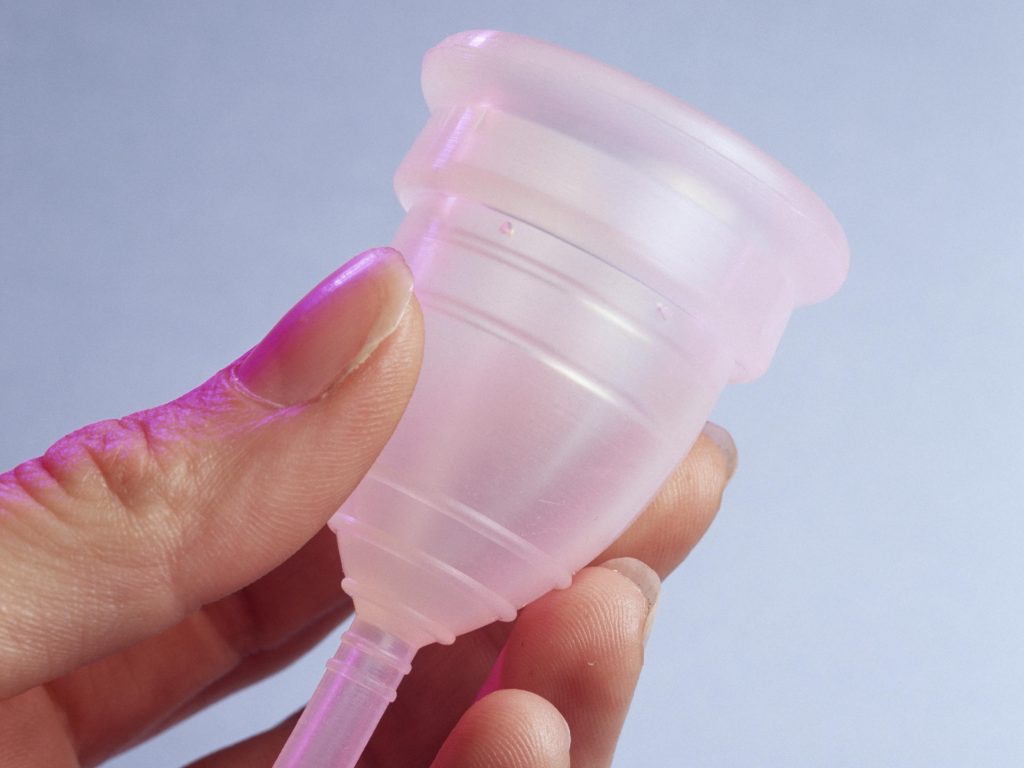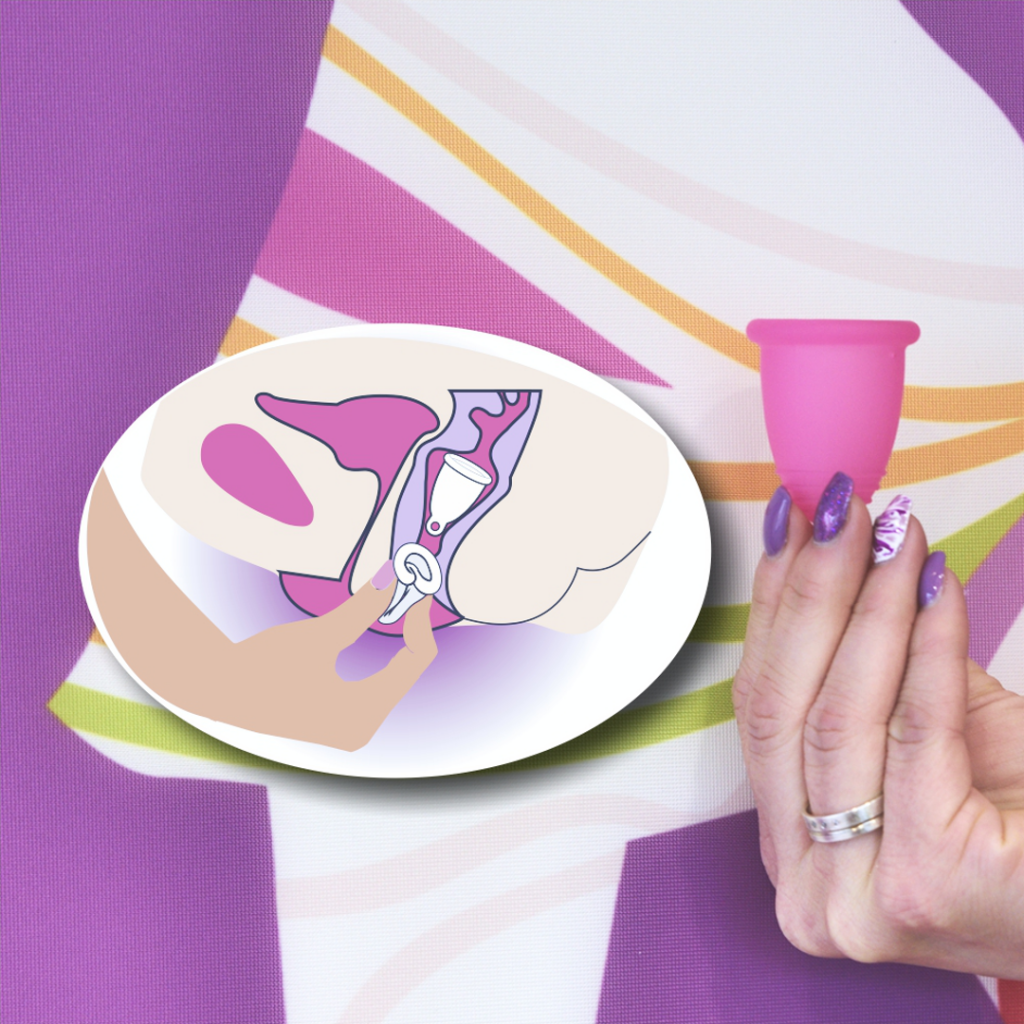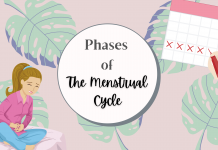Hi there! If you are tired of using sanitary napkins, or tampons, and are looking for an alternative, OR if you have just reached menarche and are looking for other options for sanitary products then this is the right place. Here, in this article, we will tell you what are menstrual cups and how to use them safely.
What are menstrual cups?
Menstrual cups are small, funnel-shaped silicone cups that are inserted into the vagina for the collection of menstrual blood during menstruation. They are inserted into the vagina just like a tampon. However, pads and tampons are used to ‘absorb‘ blood while blood is ‘collected‘ in menstrual cups.

They are preferred by many folks because they are cost-effective, environment-friendly, easy-to-use, and economical. However, menstrual cups are looked down upon by some people due to a lack of knowledge, cultural issues, etc. For many, menstrual cups are a new menstrual product that they possess little knowledge about. So, it’s understandable if they still believe in the myths about them.
Because of strong branding in the USA, and due to publicity and recognition, menstrual cups are also known by their brand names like- Diva Cups, Lily Cups, Ruby Cups, Eva Cups, Lunar Cups, Lena Cups, Moon Cups, Luna cups, etc. All these refer to menstrual cups and are differentiated by their brands and some qualities.
First, we will discuss how to use these cups safely.
How to use menstrual cups safely
Menstrual cups aren’t as hard to use but they do require practice. Here, we will show you how to use menstrual cups safely.
How to insert a menstrual cup
- First, it is important to wash your hands thoroughly with soap and water.
- For convenience, you can apply water or water-based lube to the rim of your cup.
- Hold the cup with its rim facing upwards and fold the cup in half.
- Now, take the cup near the vaginal opening and enter it in the rim-first position (the rim should face upwards). If you have ever used a tampon, the process is very similar to putting a tampon using an applicator.
- When the cup is in your vagina, rotate the cup. It will spring and make a ‘pop’ sound ensuring that the cup has opened. This will create an air-tight seal.

How to remove the menstrual cup
- Sit on the toilet seat with your legs apart to break the suction.
- Using your index finger and thumb, pinch the base of the stem of the cup.
- Gently pull the cup downward. Do not pull out too quickly to avoid spilling blood.
- Pour the liquid out in the toilet and rinse the cup with regular tap water.
If you have trouble removing the cup, try practicing at home before your period. Also, if you have any difficulty removing or inserting your cup, it is advisable to try a different size.
If your menstrual cup is stuck inside, do not be shy to ask for help from your ob/gyn. This situation is quite rare.
Precautions while using menstrual cups
Here are a few precautions you should take while using menstrual cups.
- Make sure you wash your cup regularly.
- Do not use the cup for more than 10-12 hours. It could cause a serious condition called TSS (Toxic Shock Syndrome).
- Keep the cup out of your pets’ reach. Pets like cats and dogs tend to use these cups like chew toys.
- Do not forget the menstrual cup inside your body
- Purchase cup wipes if you happen to use the public restroom to empty your cup.
Make sure you wash your hands before and after you insert or remove your cup. Basic hygiene principles while using any menstrual product in general.
If you liked this article, also read 7 Tips about maintaining good menstrual hygiene for your period.




